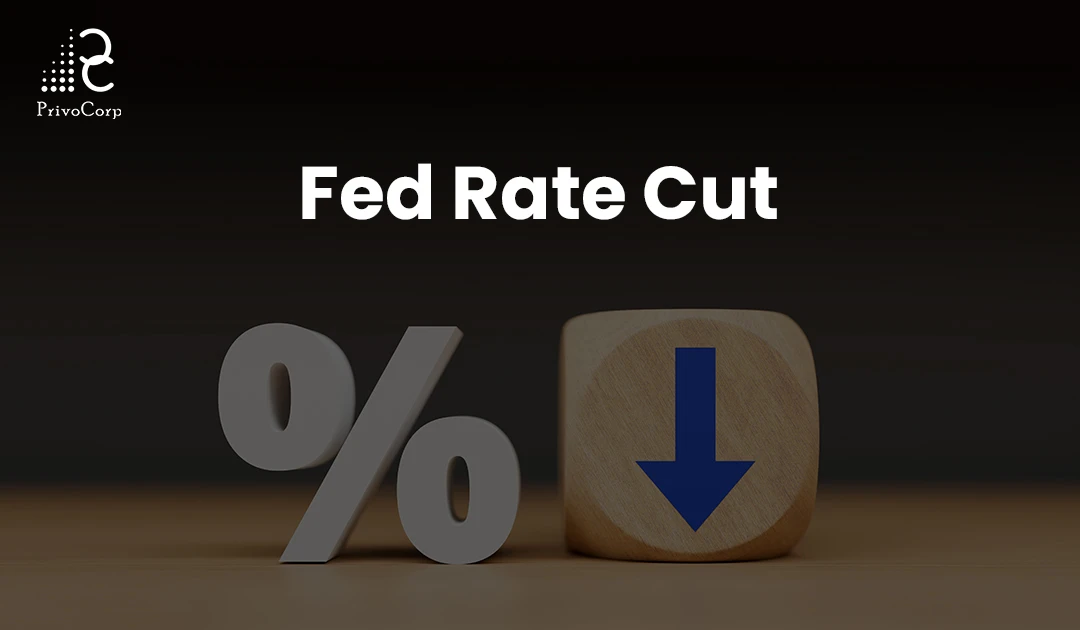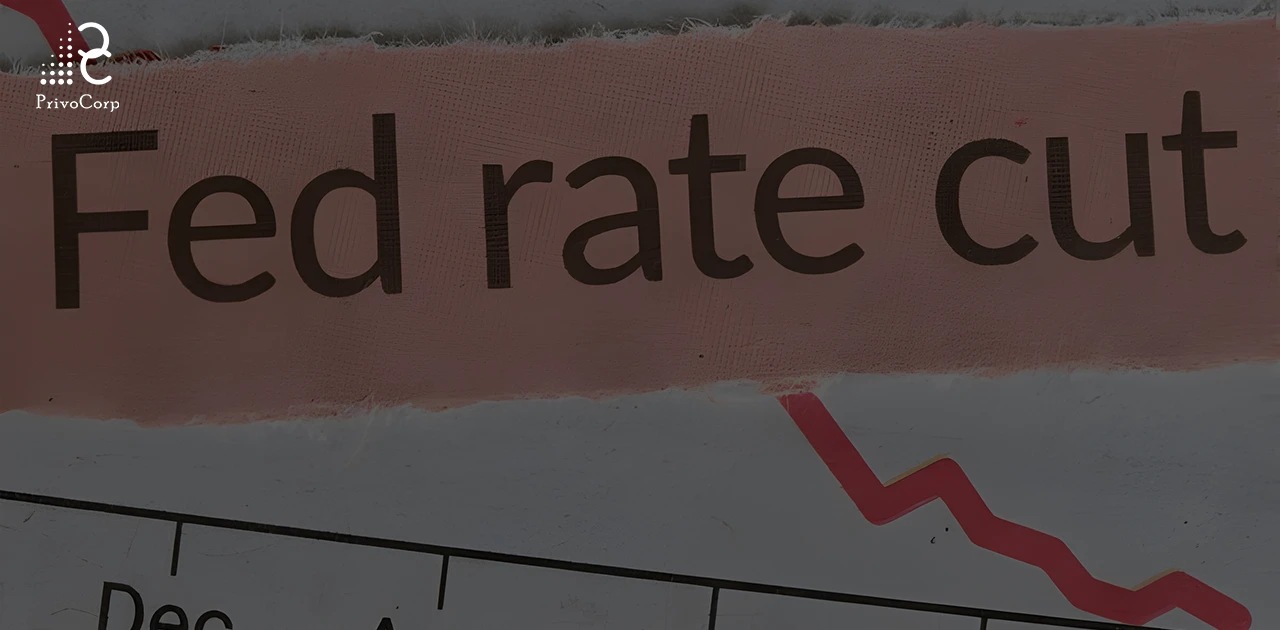As we navigate the ever-changing landscape of the housing market, the year 2024 presents a unique set of challenges and opportunities for mortgage lenders. With interest rates, economic conditions, and consumer preferences in a state of flux, lenders must adopt a strategic approach to thrive in this intricate mortgage maze in 2024. In this comprehensive guide, we’ll explore the key factors shaping the mortgage industry in 2024 and provide a roadmap for mortgage lenders to stay ahead of the curve.
Interest Rate Dynamics
The mortgage industry is inextricably linked to interest rate movements, and 2024 is expected to be a pivotal year in this regard. As the Federal Reserve continues to navigate the delicate balance between controlling inflation and promoting economic growth, mortgage rates in 2024 are likely to experience fluctuations. Mortgage lenders must remain agile and adaptable, continuously monitoring rate changes and their impact on borrower demand and affordability.
To succeed in the mortgage landscape of 2024, mortgage lenders should adopt a proactive approach, regularly reviewing their pricing strategies and product offerings to align with market conditions. Effective communication with clients and transparency about rate movements will be crucial in building trust and fostering long-term relationships.
Customizing Product Offerings
In the face of evolving consumer preferences and market dynamics, mortgage lenders in 2024 must prioritize product innovation and customization. As homebuyers and refinancers seek tailored solutions that fit their unique financial situations, a one-size-fits-all approach will no longer suffice.
Mortgage lenders should explore innovative mortgage products that cater to diverse borrower profiles, such as low-down-payment options, adjustable-rate mortgages (ARMs), and specialized programs for first-time homebuyers or self-employed individuals. By offering a diverse range of products, lenders can better meet the needs of a broader customer base and differentiate themselves in a competitive market.
Risk Assessment and Mitigation
Effective risk management will be paramount for mortgage lenders in 2024. As economic uncertainties persist and the potential for market fluctuations looms, mortgage lenders must have robust risk assessment and mitigation strategies in place.
This involves implementing rigorous underwriting standards, conducting thorough credit checks, and employing advanced analytics and modeling techniques to evaluate borrower creditworthiness accurately. Additionally, lenders should explore alternative credit scoring models and leverage data-driven insights to make informed lending decisions.
Furthermore, partnering with reputable loss mitigation services providers can be a valuable asset for mortgage lenders. These specialized firms offer solutions like loan modifications, forbearance plans, and short sale assistance, enabling lenders to proactively address potential delinquencies and mitigate losses in loss mitigation in mortgage.
Navigating Economic Headwinds
The economic landscape in 2024 is likely to present both opportunities and challenges for lenders. While a robust job market and steady wage growth may fuel housing demand, factors such as rising inflation, supply chain disruptions, and geopolitical tensions could create headwinds.
Mortgage lenders must stay informed about economic trends and develop contingency plans to navigate potential downturns or market shifts. This may involve diversifying their product offerings, exploring alternative revenue streams, or implementing cost-cutting measures to maintain profitability.
Collaboration with industry experts, economic analysts, and real estate professionals can provide valuable insights into market conditions, enabling mortgage lenders to make informed decisions and adapt their strategies accordingly.
Commitment to Excellence
In the highly competitive mortgage market of 2024, excellence in customer service and operational efficiency will be critical differentiators. Mortgage lenders must prioritize streamlining their processes, leveraging technology to enhance the borrower experience, and fostering a culture of continuous improvement.
Investing in digital platforms and automation can significantly improve the mortgage application and underwriting processes, reducing turnaround times and increasing transparency for borrowers. Additionally, providing personalized support and guidance throughout the lending journey can help build lasting relationships and foster customer loyalty.
Mortgage lenders should also prioritize ongoing training and professional development for their staff, ensuring they stay up-to-date with industry best practices, regulatory changes, and emerging technologies. A knowledgeable and customer-centric workforce can be a powerful asset in delivering exceptional service and driving business growth.
Conclusion
As the mortgage landscape of 2024 unfolds, mortgage lenders must embrace a proactive and adaptable mindset to navigate the challenges and seize emerging opportunities. By staying attuned to interest rate dynamics, customizing product offerings, implementing robust risk assessment and mitigation strategies, and maintaining a commitment to excellence, mortgage lenders can position themselves for success in this intricate mortgage maze in 2024.
Fostering strong partnerships with industry stakeholders, leveraging data-driven insights, and prioritizing innovation will be critical in delivering value to borrowers and maintaining a competitive edge. By embracing these principles, lenders can confidently chart their course through the complexities of 2024 and beyond, cementing their position as trusted and reliable partners in the ever-evolving housing market. To navigate the loss mitigation in mortgage challenges, lenders should consider partnering with experienced loss mitigation services providers.








